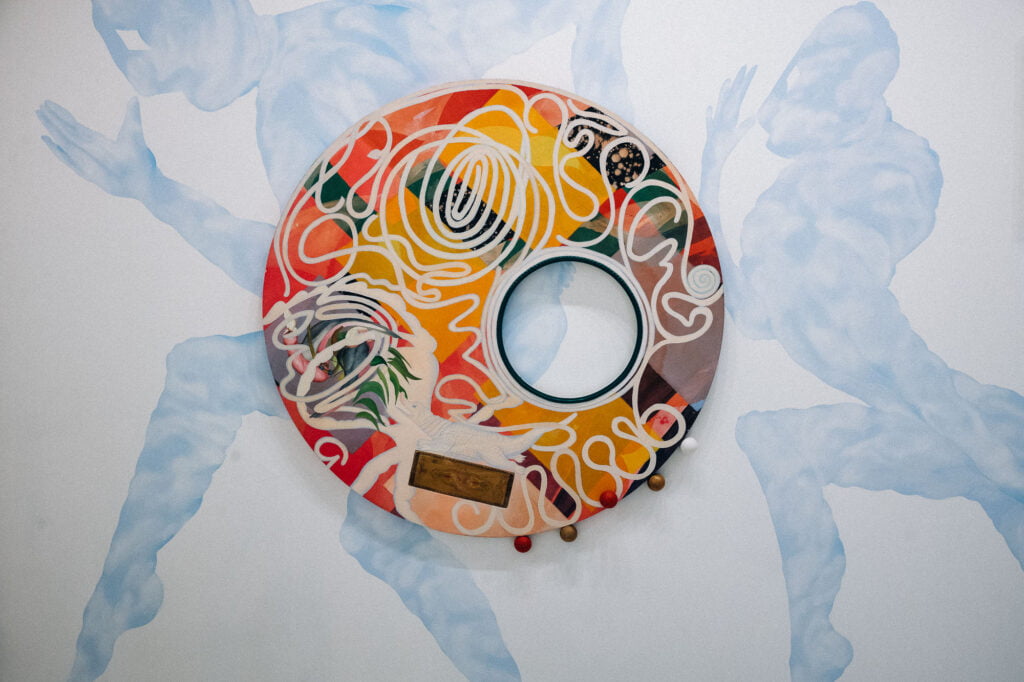
Photo credit: Nick Baines (@peanutkaiser)
With the advent of the Hyde Park Art Club (HPAC) and the first ever show ‘Chrysalis’ organised as part of it, we have been chatting to the artists involved in the exhibition: their inspirations, materials, process and future plans. Today we present to you Rosie Vohra and her fascinating, layered work.
Could you tell me a little bit about your art practice in general?
It always makes me feel slightly uncomfortable to talk about my practice in words, partly because I never feel like I can fully translate what I’m feeling into words, as I could through drawing. My relationship to written language is much more defined and specific (which is why I also love the feeling of being mentally pulled between textures, metaphors and places by writers like Helen Marten, Dylan Thomas, Kathy Acker and Burroughs) Drawing opens up the edges of what I’m trying to say, it’s not just one specific crystalised meaning or intention. I need this open-ness to create, to not feel like I have boxed myself into a category and that I can use the world around me in my work. The way I see my surroundings and use it in my work would be most similar to the process of Collage. My friend and teacher, Sophie Herxheimer says “anything is fair game for the inventive scissors of the mind”. I paint, I draw everyday, I fiddle, I jigsaw, I clean, I sew and cycle, dig and airbrush, collect and re-arrange, close doors, cut holes and peer through and watch. I play.
What is your creative process like – is there a method to your work or do you create more spontaneously? E.g. do you make preparatory sketches before you start a painting?
I have lots of things out, spread around me like a buffet. I’ll normally be focusing on one or two paintings in the studio and have sketchbooks, objects or paper around me to dump excess paint or words or ideas. These then take centre stage and I might spend half an hour or so with these smaller parts before coming back to the larger paintings. I have lots of different modes of making, some spontaneous and some more calculated depending on how I am feeling. My practice feels like a constant collecting of source material, being open to anything being an input, this can be collecting objects from charity shops as starting points for paintings, specific colours of mould on a leaf, drawing friends and housemates or collecting an archive of images online. Drawing or making, for me, feels like a way of not becoming complacent with the world, it keeps me curious and sometimes gives me a feeling of solidifying something fleeting.
I think it’s also important to mention that writing provokes this sort of moral or conceptual understanding of making, but a big part of my practice is loving the craft of painting, colour, textures, transparencies, overlays and inlays. Each work becomes a puddle of references, mixed together into its own thing.
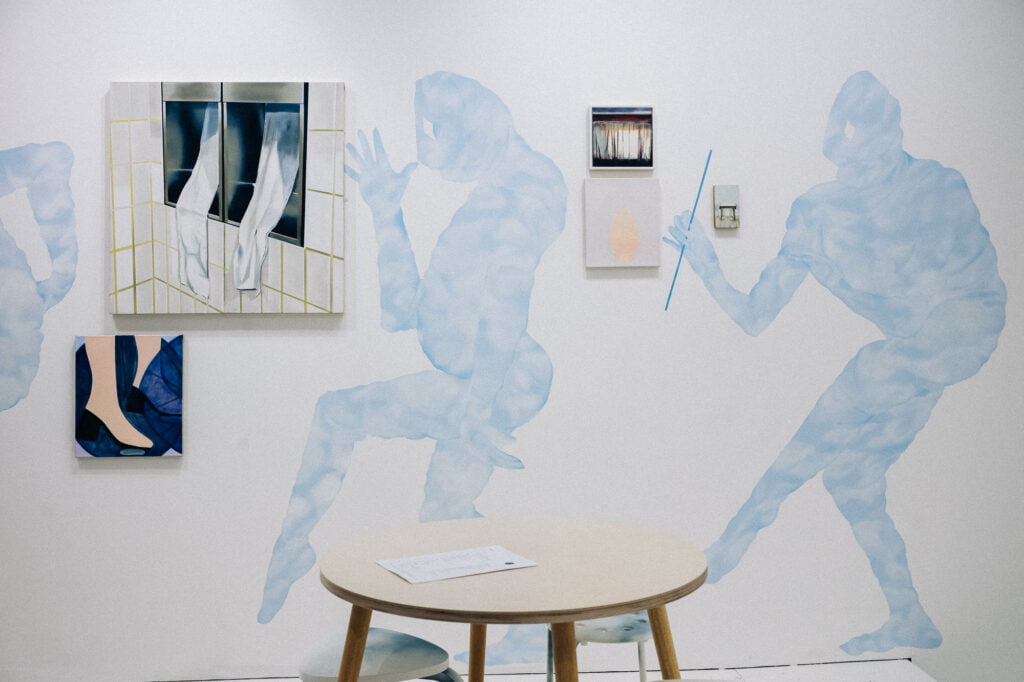
Photo credit: Nick Baines (@peanutkaiser)
Where did the idea of the ‘Creeping by Daylight’ mural come from? Did some of it come from the ‘The Yellow Wallpaper’ short story?
I often use ‘The Yellow Wallpaper’ story by Charlotte Perkins Gilman as a story to read from when teaching life drawing as the model poses. I first heard this story on a residency at Dumfries House in Scotland when my friend Caitlyn read it to me. It’s a very powerful, unnerving tale written as a series of diary entries by a woman who is living with her doctor husband and sister-in-law in a crumbling mansion for the summer. Her husband insists that she does no work and spends her time resting in the top room of the house. As I was talking to Sarah about the theme for Chrysalis, stemming from E.M. Forster’s short story sci-fi of 1909 ‘The Machine Stops’ and the current COVID-19 climate, it made me think of the impact that forced isolation has on someone’s mental health and how this related to the woman in the yellow paper, creeping about her room, becoming the wallpaper. Which is where the phrase, ‘creeping by daylight’ comes from. These mime-like creatures act as windows, drawing attention to this inside-outside interaction we have all become so aware of.
Do you often work on a larger scale like this or was it a new experience? I’ve always thought painting a mural would be quite challenging but super fun too, because you have to use your whole body. What was it like?
I have worked on a large scale before, it is something I would like to do more of, especially in public spaces. It feels like a constant zooming in and out. I loved the thought of the creepers dancing and posing with the Ellie and Richard’s paintings, the creation of them was fuelled by this excitement.
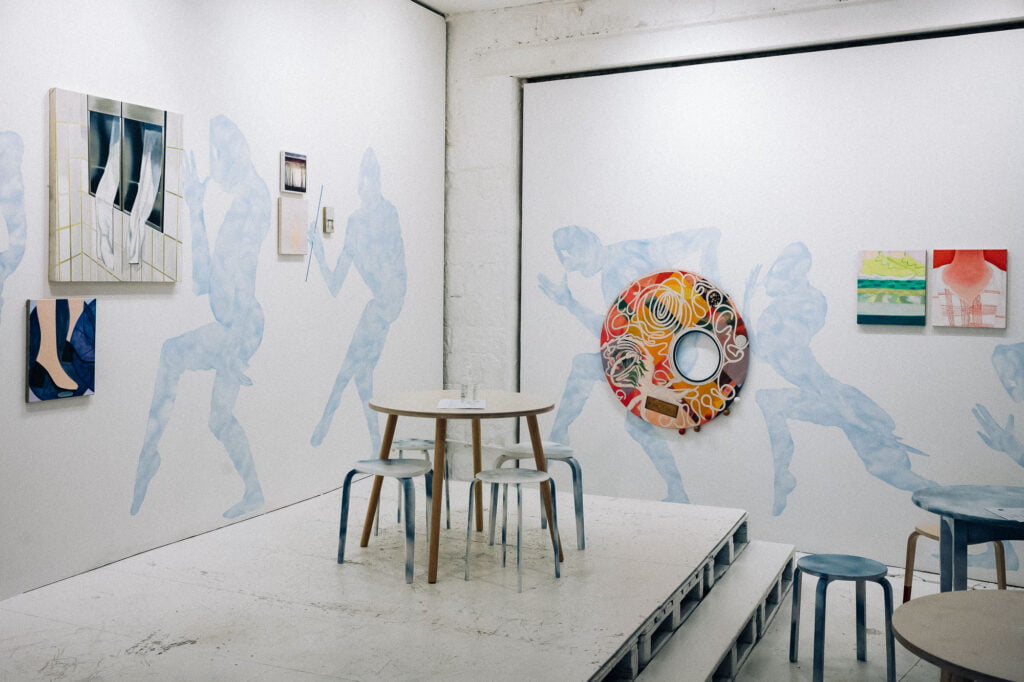
Photo credit: Nick Baines (@peanutkaiser)
Do you have any creative plans for the near future, any other shows coming up?
As part of our collective, ‘Precious’ we are finishing our room at the East Street Art’s Art Hostel. Our room is called, ‘The Outside Inn’. I have also been working on a project for Leeds Piano Competition, transforming a piano for Leeds Piano Trail which will be outside Leeds Art Gallery for the first 2 weeks of September for anyone to come and play! I have some work in Sunny Bank Mills exhibition ‘Definitions of Drawing’ 25th Sept- 14 Nov. I am also really happy to be part of a project called ‘Unreal Estates’ where I have been paired up with Leeds-based poet, Julia Deakin to create a series of responses about a property in Leeds, this exhibition will launch online on the 11th October and in the Linley and Simspon estate agents near the Tetley, Leeds.
___
You can see more of Rosie’s work on her website.
You can find out more about HPAC here.
Filed under: Art & Photography
Tagged with: art, artist, collage, collecting, interview, material, painting, process, yellow wallpaper
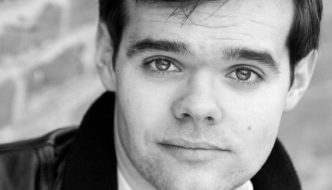
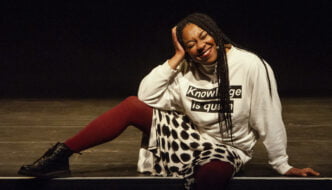
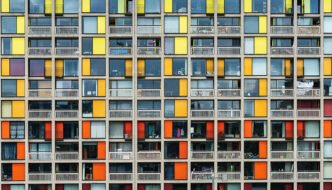
Comments